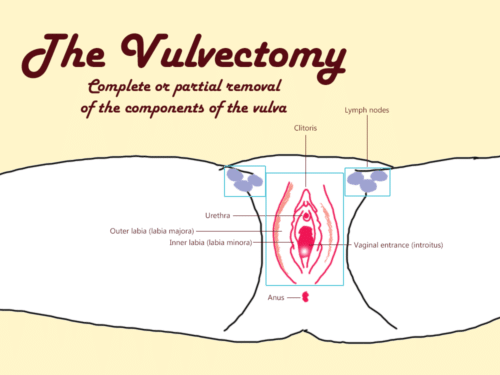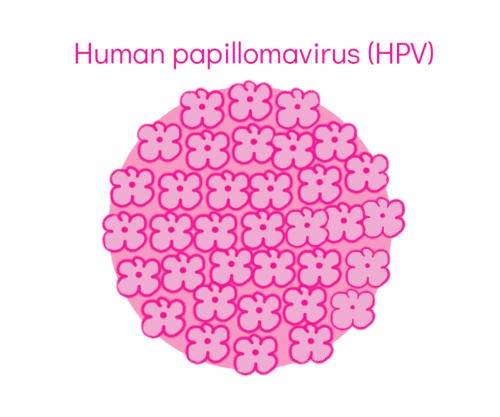Chemotherapy and your vagina, ovaries, uterus and cervix
Chemotherapy in your pelvis can have a few unexpected or uncomfortable impacts on your vagina, urinary tract, and hormones.
HPV vaccine – Gardasil and Cervarix – for men and women
The Gardasil vaccine is used in boys and girls up to age 26 to protect against various HPV strains.
Fallopian tube cancer
Fallopian tube cancer may appear as a mass in the abdomen with pain, bloating and discomfort in the pelvis/abdomen, with the possibility of a watery discharge. Diagnosis is by scans and investigations.
Endometrial cancer
Cancer of the endometrial lining of the uterus is the most common type of uterine cancer. We take you through the types of endometrial cancer, their diagnosis, treatments and survival rates.
Common cancer treatments and how they affect sexuality and fertility
See what your treatment might have in store for you vaginally.
Everything you need to know about pap tests and pap smears
Pap tests (also called Pap smears) are done periodically to check the cervix for abnormal changes that could lead to cervical cancer.
Cervical stenosis
Cervical stenosis is the narrowing - for whatever reason - of the cervix, the neck of tissue that joins the vagina and uterus. A narrow cervix can create a few issues with in-and-out flow between the uterus and the vagina, including sperm, periods and babies.
Urethral cancer
Urethral cancer is an uncommon form of cancer, with its own set of challenges in diagnosing and treating because of its rarity. Urethral cancer has been reported in women from age about 19 onwards, but is most common in elderly women.
Vulvar intraepithelial neoplasia (VIN) (SIL, Bowen disease)
We explain what precancerous vulvar cells are, and describe their symptoms, treatments, and outcomes. Vulval intraepithelial neoplasia (VIN) is the starting point of cancerous cells, with a diagnosis meaning you may have to have some treatment to remove the offending cells. It does not mean you have cancer.
Paget’s disease of the vulva
Paget's disease of the vulva is a rare form of vulvar cancer that develops from glandular cells. Paget's looks like a rash, red velvet with small white or pink 'islands' on vulvar tissue that may ooze or bleed. Paget's is often itchy and sore. Prognosis can be good if found
Atrophic vaginitis in breast cancer survivors
Moistening the vaginas of women suffering from the side-effects of breast cancer treatment.
Skene’s gland cancer symptoms, cysts, location and treatment
Skene’s gland cancer is extremely rare but often misdiagnosed. Learn about Skene’s gland location, cysts, cancer symptoms, and treatment options, supported by anatomy diagrams and references.
The vulvectomy
Vulvectomy is the surgical removal of all or parts of the vulva, as part of treating a disease that has not responded to other treatments. A vulvectomy is a serious operation where the inner and outer labia, clitoris, and lymph nodes of the groin are removed.
Understanding bladder cancer
Here we overview the different types of bladder cancer and their treatments. The most common symptoms of bladder cancer are bloody urine, urinating frequently, with urgency, and burning or pain. Older women are more at risk, but bladder cancer can happen to anyone.
Anorectal cancer and your vagina
Anorectal cancer can affect the vagina if the cancer spreads to other pelvic structures, but most often due to cancer treatments that negatively affect vaginal tissue.
Pelvic radiation therapy
Having radiation therapy on your pelvis can cause some unwelcome problems that can linger, like a dry, thickened vaginal wall, lack of moisture, and lack of flexibility.
Understanding and treating vaginal cancer
Vaginal cancer usually occurs in older women, in the top third of the vagina, with HPV the biggest risk factor.
Human papillomavirus (HPV)
HPV is a virus that can - but doesn't always - cause changes to the cells on the cervix, which can lead to cervical cancer. Screening is in place, with improvements to testing the blood of males and females with HPV in the future for detection and prevention of HPV-related
- 1
- 2





